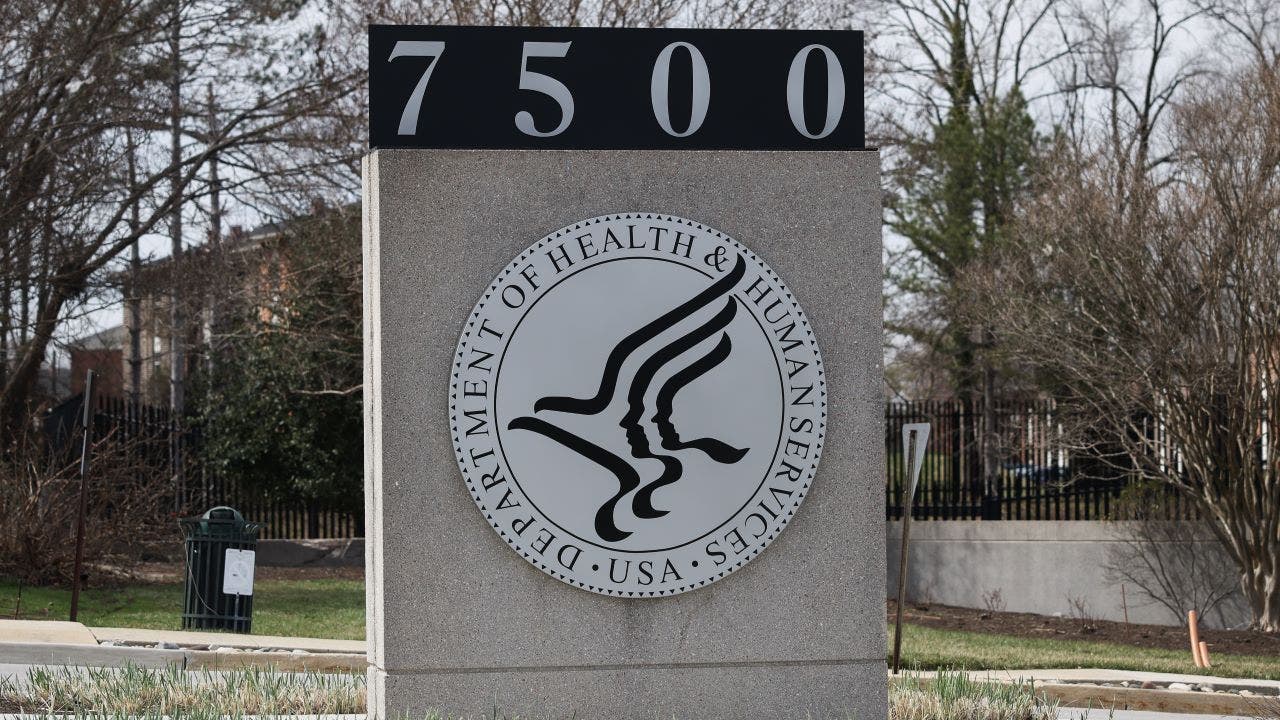Some Medicare Advantage plans are offering enrollees surprising supplemental benefits to boost their health, though a new report notes that those benefits have been extended to expenses with a less direct impact on health — such as golf equipment, pet supplies and more.
A report in the Manhattan Institute’s City Journal notes that Medicare Advantage, which was devised as a way to make Medicare more cost-efficient by having private insurers manage the health coverage of enrollees, has seen the expansion of its supplemental benefits over time.
The program saw steady enrollment gains and yielded savings in the mid-2010s by rooting out unnecessarily expensive procedures and using those funds to offer enrollees more affordable premiums and reduced out-of-pocket costs. Medicare Advantage’s supplemental benefits were initially limited to additional benefits such as dental and vision plans that had a connection to health.
Congress enacted changes to Medicare Advantage plans through the Bipartisan Budget Act of 2018, which broadened the definition to allow them to offer supplemental benefits that had a “reasonable expectation of improving or maintaining the health or overall function” of enrollees dealing with chronic illnesses.
DR. OZ UNCOVERS SHOCKING MEDICAID FLAW THAT IS COSTING US BILLIONS, WARNS PEOPLE ARE ‘GAMING’ THE SYSTEM
While the supplemental benefits were still required to be related to health or hospitalizations, the looser definition allowed those benefits to be used on expenses like groceries, as well as sporting and social activities that could offer a less direct boost to an enrollee’s health.
The particular benefits in Medicare Advantage plans vary by provider, but the City Journal’s report noted that some offer greens fees at golf courses and ski passes, as well as food and supplies for pets, hunting licenses and entry fees for social clubs.
THE FEDERAL BUDGET DEFICIT KEEPS GROWING AND THE CONGRESSIONAL BUDGET OFFICE HAS SOLUTIONS

Eligibility for Special Supplemental Benefits for the Chronically Ill (SSBCI), as the benefits are known, has grown as the majority of Medicare beneficiaries have chronic medical conditions, while plan payments have gone up.
Coding has also become more complex, and increased enrollment by relatively younger, healthier enrollees has created a dynamic where the Medicare Payment Advisory Commission noted that it “overpays for beneficiaries who have very low costs, and underpays for beneficiaries who have very high costs.”
That has resulted in Medicare’s payments to Medicare Advantage plans increasing from 112% to 120% of the program’s estimated costs for directly paying for beneficiaries’ medical services from 2015 to 2024. Additionally, the report noted that overpayments to plans increased from $18 billion to $77 billion each year, which was attributed in part to expanded supplemental benefits.
CBO SAYS US BUDGET DEFICITS TO WIDEN, NATIONAL DEBT TO SURGE TO 156% OF GDP
“Medicare Advantage was intended to be a cost-saving alternative to traditional Medicare. But overpayments to plans have left taxpayers on the hook for an additional $1 trillion over the next decade,” wrote Manhattan Institute senior fellow Chris Pope.
The report noted that the idea of cutting overpayments to Medicare Advantage has received bipartisan support in Congress and could provide spending reductions in congressional Republicans’ tax cut package to offset some of the lost tax revenue under the proposal.
“If Republicans want to make a real dent in the budget deficit — and head off Democratic plans to redirect the savings into expanding other social programs — they should move to rein in payments and use the savings to ease the burden on taxpayers,” Pope added.



